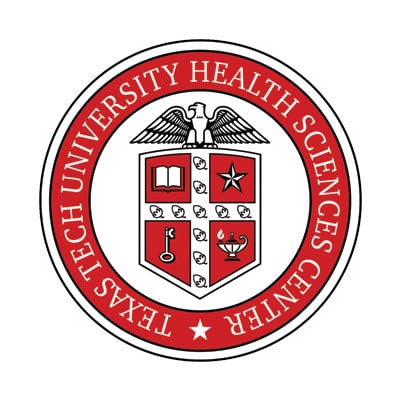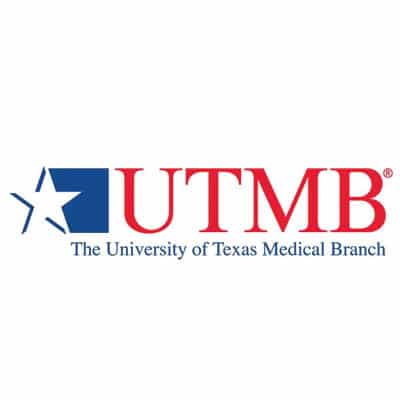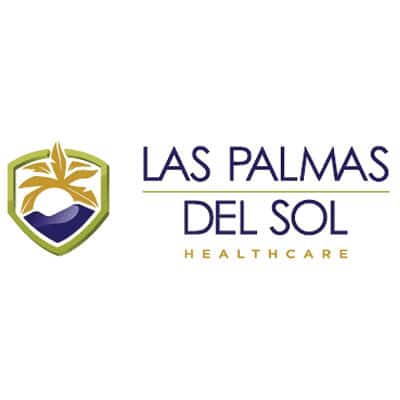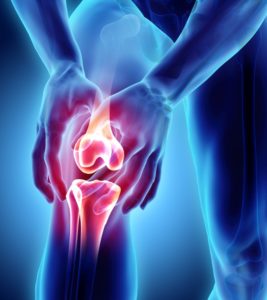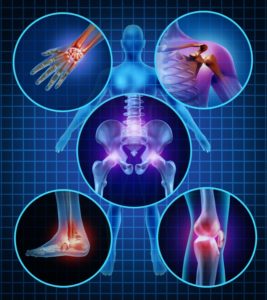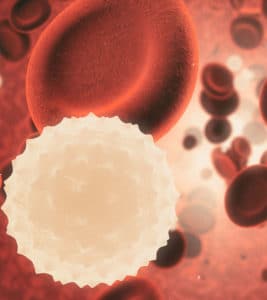Platelet-Rich Plasma Injections FAQs
Certain elements within the blood, specifically the platelets, help tissues to heal by stimulating a repair and growth response. Platelet-rich plasma (PRP) injections promote accelerated healing by supplementing the platelet content of an area in which tissue has been damaged.
What Is PRP?
PRP is plasma with a high concentration of platelets. Platelets, most commonly associated with clotting, can also assist in mending and strengthening damaged tissues by increasing certain growth factors at the site.
What Are PRP Injections Used For?
PRP injections can be used to treat a wide range of orthopedic conditions, including arthritis, tendonitis, tendonosis, chronic or postsurgical joint pain, bursitis, ligament tears or sprains, and nerve inflammation. They are also sometimes used to speed healing after non-orthopedic surgeries, especially cosmetic procedures.
How Do PRP Injections Work?
PRP injections are usually administered in the doctor’s office, under local anesthesia, with the assistance of ultrasound imaging. A small amount of blood is withdrawn from the patient and separated into its composite elements in a centrifuge. A rich concentration of platelets, up to five times the concentration found in natural blood, is then injected into the patient at the site of the damaged tissue.
How Long Do PRP Injections Take?
Each procedure takes under an hour. Most patients require up to three PRP injections, about 4 to 6 weeks apart, in order to achieve optimal results. Occasionally, a fourth injection is necessary.
What Happens After The PRP Procedure?
Most patients experience little or no discomfort from the injection, but the site is expected to be inflamed and sore for about 48 hours during which time pain medication and ice can be used as needed. Typically, by the fifth day after an injection, the patient experiences some significant relief from the original condition and begins physical therapy. Patients can return to work and other normal activities immediately after treatment, but should refrain from heavy lifting and strenuous activity for a few days. The doctor will monitor the patient to determine if and when another injection is necessary.
What Are The Advantages Of This Procedure?
For many patients, PRP injections offer significant relief from pain and other symptoms, and may eliminate the need for surgery or long-term medication. This treatment also speeds up the healing process, allowing patients to return to their normal activities more quickly than other nonsurgical treatments. Because the injected blood comes from the patient, there is no risk of cross-reactivity, immune reaction or disease transmission. Unlike corticosteroid injections, PRP injections actually facilitate healing.
Are Platelet-Rich Injections Safe?
There is always a risk of infection or clotting with any type of injection, but such complications are extremely rare. There is also a remote possibility that a patient will have an allergic reaction to some portion of the procedure. Most patients undergo this procedure with no problems.
Platelet-Rich-Plasma Injections
Platelet-rich-plasma (PRP) injections use components of the body’s own blood to stimulate healing. Platelets, which are usually associated with coagulation (clotting), are also, according to recent research, able to assist in mending and strengthening damaged tissue by increasing certain growth factors. During the normal healing process, the body uses platelets to promote new-tissue growth and repair injuries. By supplementing platelet content, the healing process is accelerated. There is ongoing research on the efficacy of PRP injections, and some medical professionals remain skeptical about their value.
Conditions Treated With Platelet-Rich-Plasma Injections
Platelet-rich-plasma injections can be used to treat a wide range of orthopedic conditions, including the following:
- Arthritis
- Tendonitis
- Bursitis
- Joint pain
- Ligament sprains or tears
- Nerve inflammation
- Postsurgical healing from tendon or ligament repair
PRP therapy is also used to promote rapid healing after nonorthopedic surgeries, including cosmetic ones.
Benefits Of Platelet-Rich-Plasma Injections
There are several benefits to PRP therapy. They include the fact that the platelet-rich plasma being injected is autologous (comes from the patient), so there is no risk of cross-reactivity, immune reaction or disease transmission. It is also minimally invasive (unlike surgery), and facilitates healing (unlike corticosteroids).
The Platelet-Rich-Plasma-Injection Procedure
During the PRP-injection procedure, which usually incorporates ultrasound imaging, a small amount of blood is withdrawn from the patient. This blood is processed in a centrifuge to separate its various elements, and concentrate the platelets. The resulting plasma is up to five times more concentrated with platelets than “natural” blood. Once concentrated, the platelets are loaded, along with some of the patient’s whole blood, into a sterile syringe, and injected into the patient.
The procedure is usually performed under local anesthetic in a physician’s office. A typical patient experiences little or no discomfort from the injection, but the injection site is usually inflamed and sore for about 48 hours. Taking pain medication and applying ice are recommended.
Most patients require one to three PRP injections, about 4 to 6 weeks apart, in order to achieve optimal results. Occasionally, a fourth injection is necessary. Typically, by the fifth day after an injection, the patient has a significant reduction in pain, and can begin physical therapy.
Risks Of Platelet-Rich-Plasma Injections
Although PRP injections are generally safe and effective, sterilization is of great importance. There is a slight chance of infection or blood clots, and the remote possibility of allergic reaction.



